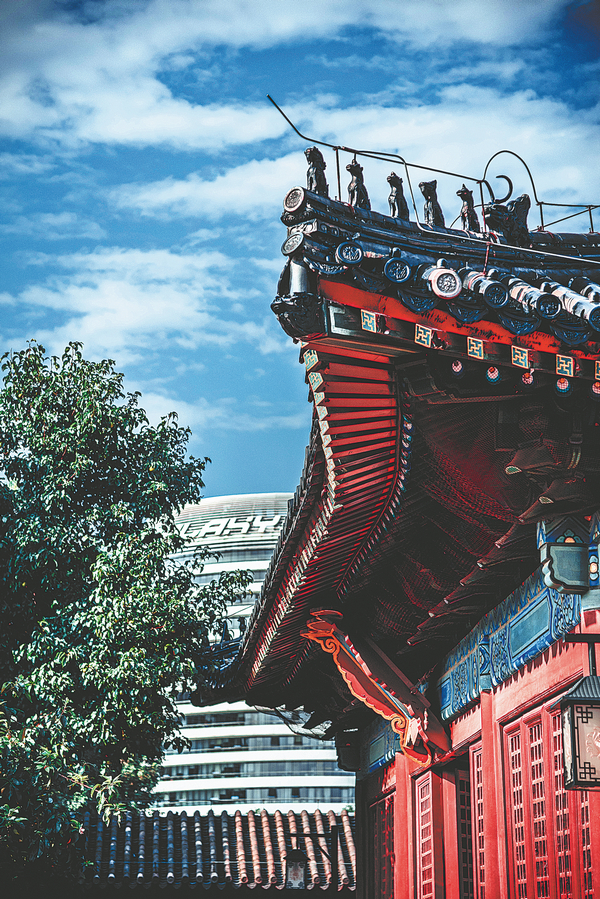

Beijing is a city that straddles the divide between the ancient and the modern. From Buddhist temples to museums, cramped hutong to imperial palaces, it is home to more than 3,000 years of captivating history even down to its layout, with the city retaining its carefully structured system of ring roads, first conceived in the Ming Dynasty (1368-1644), that ripple out from the Forbidden City, which sits proudly in the heart of the vast urban sprawl.
But for all its ancient wonders, Beijing is also a place that fully embraces the fast-paced development of modern life, with lofty 21st-century architectural wonders standing side by side with cultural relics of the past.
It's a distinct visual contrast that shouldn't work, yet somehow these two very different worlds manage to complement and even enhance the importance and charm of one another.
Having visited several times over the last 10 years, I became captivated by this juxtaposition of old and new, and how a city could retain such a rich heritage while constantly evolving and embodying modern life. So, when I finally made the move here in early 2020, I jumped at the opportunity to explore as much as I could, and as a keen photographer, I have spent the last two years recording everything I discovered, the people and the places, through my lens.
I started with the obvious, the Forbidden City, Jingshan Park, the Summer Palace, the Lama Temple, all the locations one would expect to see on a "top 10 places to visit "list.
But as I exhausted the more well-known sites, I began to venture further afield, and without any particular destination in mind, I aimlessly walked, biked, and ran throughout the city.
It's easy to get lost in the maze of hutong and pockets of history across the city, but the modern world is never too far away, and I soon became fascinated with how the city has achieved the feat of striking such a balance between two vastly different eras.
This fusion of styles is strikingly prevalent at Zhihua Temple, built in 1444 during the rule of emperor Zhengtong. Zhihua was the family temple for the emperor's favorite eunuch, Wang Zhen. Though much smaller now than at its peak of 20,000 square meters, the temple is a somewhat hidden gem, nestled among a labyrinth of hutong, 5 kilometers east of the Forbidden City.
The temple museum offers a remarkable collection of relics and statues, not to mention daily musical performances, and due to its relative obscurity, it's easy to get lost in the secluded courtyards and temple buildings. You might even forget you're in the 21st century, if not for the sleek curves of the Galaxy Soho building looming over the mythical beasts perched on the ridges of the temple roofs.
Yet despite their immensely different eras, appearances and purposes, they are both equally representative of this city and seeing the two together epitomizes the idea of how respecting our history, while still looking to the future can create a truly unique cityscape.
The remarkable development of this city, which is consciously designed to protect the past while embracing the modern world, means there is always something new to discover here, and I could be photographing Beijing for the next 50 years and still not have scratched the surface, which is part of its beauty.
Contact the writer at michaelrhyscard@chinadaily.com.cn
